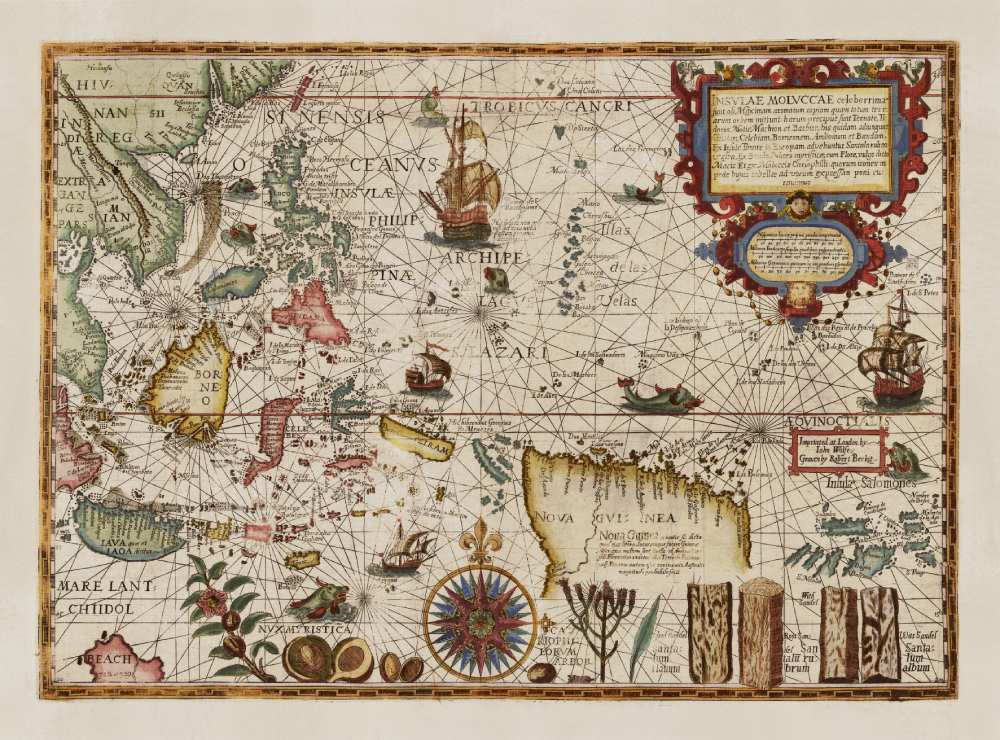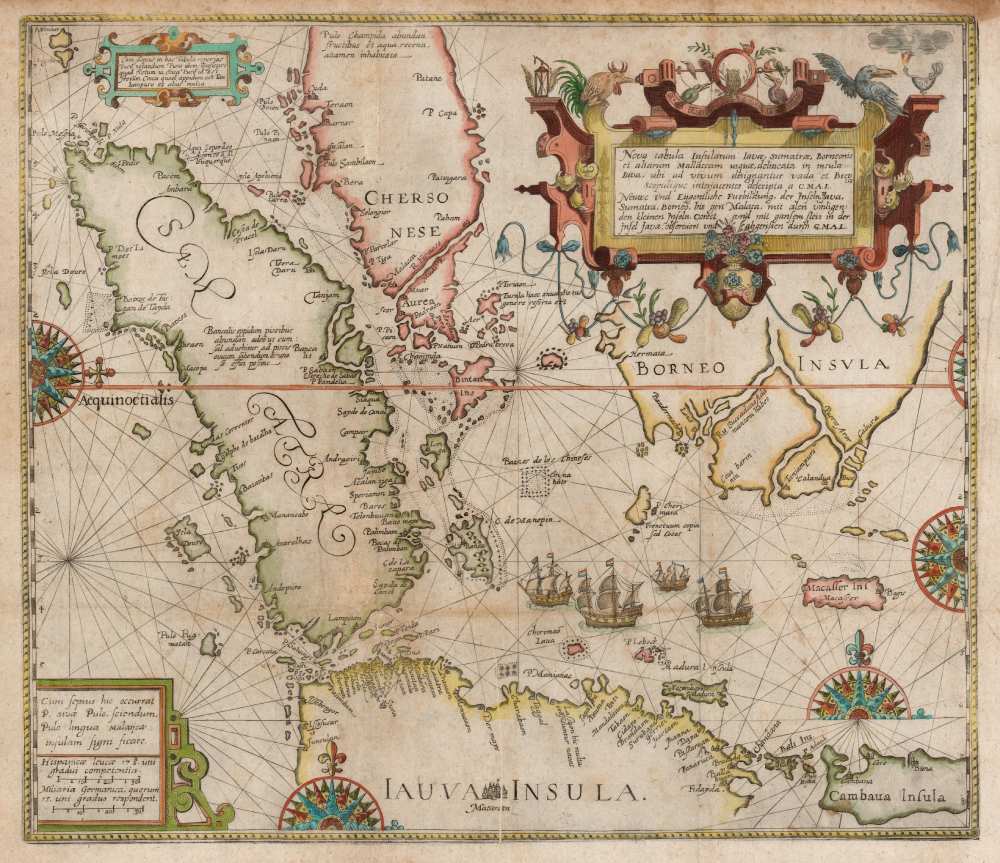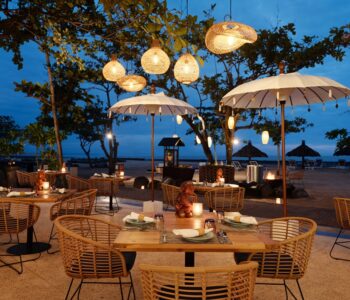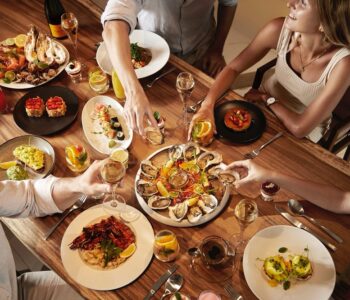Sake Santema, from Indies Gallery, showcases a collection of his antique maps featuring early depictions of the Spice Islands. These maps offer unique insight into how, back in the day, spices held a high value even comparable to gold.
Spices have been a cornerstone of global commerce for thousands of years, shaping the course of human history. From ancient societies to contemporary economies, spices have been instrumental in shaping diverse cultures and culinary traditions worldwide.

Introduction: The Allure of Spices
From ancient times, aromatic plant products have been highly prized for their ability to enhance the flavour and aroma of food, as well as for their medicinal properties. Spices held a value comparable to that of gold or silver, often serving as a form of currency. Despite their esteemed worth, the origins of spices remained shrouded in mystery for centuries.
Spices like nutmeg, cloves and pepper were introduced to Europe, expanding the culinary horizons of European chefs. As such, they became symbols of wealth among households, with nobles royalty boasting through extravagant feasts featuring spiced meats and delicacies.
This became a powerful motivator for explorers and traders to embark on perilous sea voyages, braving the perils of the unknown in their pursuit of new trade routes. This fervent quest for spices propelled exploration, the pursuit of direct sea routes to the Spice Islands leading to European discovery oof uncharted lands and cultures, establishments of trading outposts and colonies. It thus also drove advancements in maritime technology.
Ultimately, the spice trade became intricately intertwined with the broader forces of colonialism, imperialism, and globalisation that shaped the modern world.
The Spice Islands: The Heart of the Spice Trade
One of the most important hubs of the spice trade was the legendary Spice Islands, also known as the Moluccas. Located in present-day Indonesia, these remote and exotic isles were the only place in the world where the highly valuable nutmeg and cloves grew. Over millennia, these precious spices made their journey to Western markets, yet the origins of their production remained shrouded in secrecy by the prosperous traders who profited from them.

The Silk Road: Connecting East and West
One of the earliest trade routes that facilitated the exchange of spices between Asia and Europe was the famous Silk Road. This ancient network of overland trade routes connected the Mediterranean world with the markets of China and India, passing through Central Asia, Persia, and the Middle East. Along with silk, precious stones, and other luxury goods, spices were an important commodity that travelled along the Silk Road, enriching the cultures and cuisines of the lands it passed through.
Traders along the Silk Road made fortunes on it by brokering the trade of spices. The prices of spices became so high for the Portuguese and Spanish that they began to explore and find their own routes to the spice-rich islands.

The Rise of Sea Routes: Navigating the Spice Trade
While the Silk Road was a vital artery of trade between East and West, it was the sea routes of Asia that truly revolutionised the spice trade. Portugal was one of the first European powers to embark on this seafaring quest for spices. In the early 16th century, Portuguese explorers such as Vasco da Gama and Pedro Álvares Cabral successfully navigated around the treacherous Cape of Good Hope and reached the spice-rich shores of India. Their arrival marked the beginning of the Age of Discovery and the dawn of a new era of global trade.
As European powers vied for control of the lucrative spice trade, the Dutch emerged as the dominant force in the Spice Islands in the 17th century. In 1594, the Dutch East India Company (VOC) was founded, becoming one of the most powerful and influential trading companies in history, with a virtual monopoly on the spice trade in Asia.
On 2 April 1595, four ships with 249 men onboard led by Cornelis de Houtman left Amsterdam in search of the Spice Islands. Out of the 249 crew members that left two years earlier only 87 returned. Though the trip was a humanitarian disaster and financially unprofitable, it was a symbolic victory. Soon, the Dutch would fully take over the spice trade in and around the Indian Ocean.
The VOC established a network of trading posts, forts, and colonies throughout the East Indies to secure their control over the spice trade… and the rest, is history!
The antiques shown in this article are offered for purchase by Indies Gallery, dealer in authentic maps, prints, books and photographs, dating from the fifteenth to the twentieth century. Indies Gallery also offers these decorative art works as reprints. www.indiesgallery.com / www.oldeastindies.com









